What are Whiteheads and How Do I Treat Them?
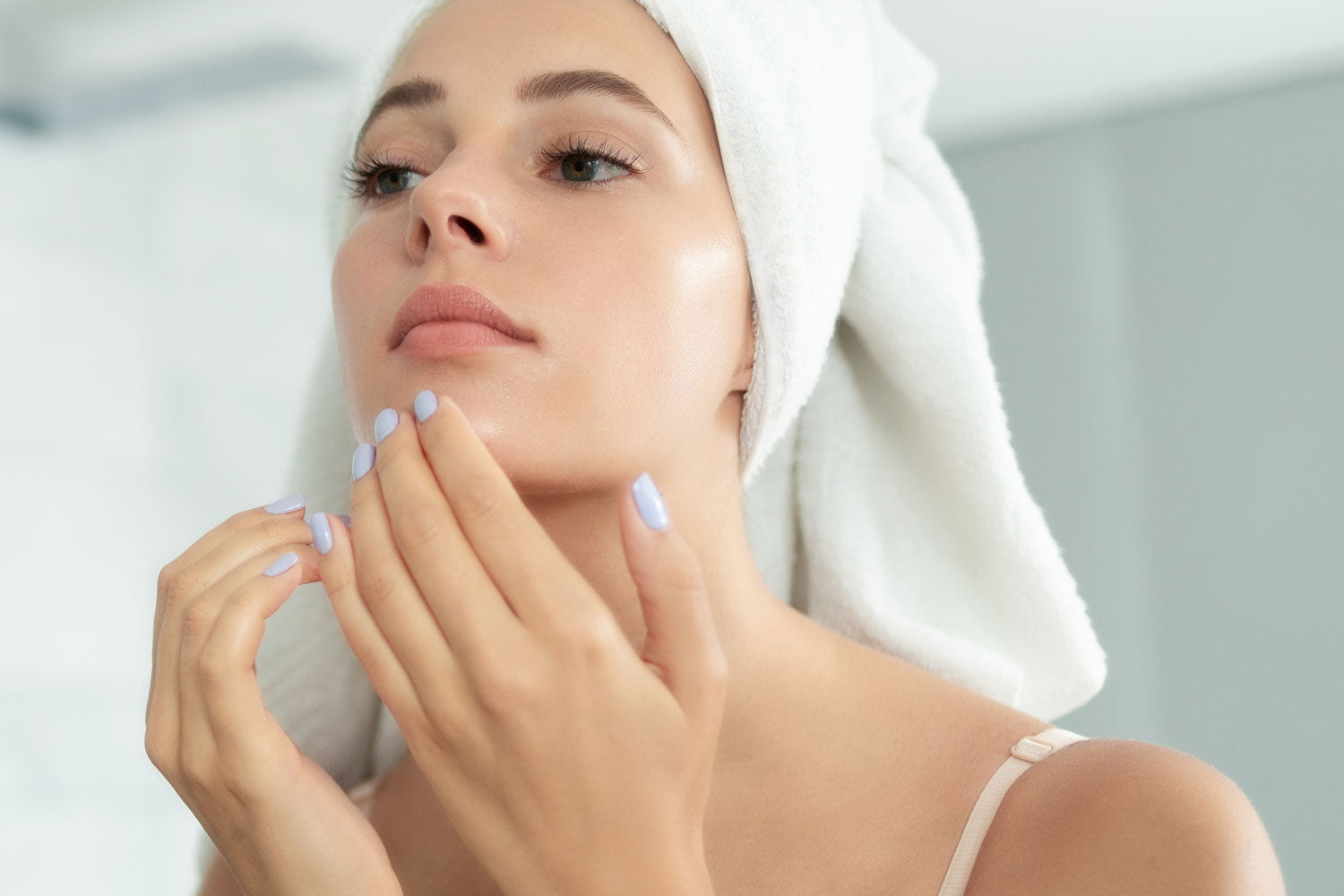
Whiteheads are a mild form of acne that appear as small, round, white bumps on the skin’s surface. This type of acne occurs when a pore becomes clogged with sebum, dead skin cells, and debris.
If this clogged pore is covered with a thin layer of skin, it appears white on its surface. Whiteheads commonly appear on the face, shoulders, neck, chest, and back.
Over 40 million people in the United States battle acne each year and no matter the degree or severity, the majority of people who suffer from acne deal with the occasional whitehead.
Whiteheads can range in size, sometimes being so small they’re virtually invisible or growing larger into noticeable acne blemishes. They generally aren’t painful, but they aren't fun to look at. Since the clogged pore is visible on the skin surface, these are also the ones we're the most temped to pop. But resist the urge! There are much better ways to get clear skin.
What Causes Whiteheads?
A variety of factors play into the prevalence of whiteheads, including cleansing routines, lifestyle habits, and genetics.
One cause of whiteheads is hormonal changes and fluctuations in hormone levels can trigger acne breakouts. Certain life events and stages can increase the production of sebum produced in the pores; the more oil your skin produces, the more likely they are to clog and create whiteheads.
Additional whitehead causes:
- Puberty
- Hereditary-Factors
- Stress
- Life’s Hormonal Changes
- Life Habits
Whiteheads are actually evidence that your body is attempting to push out an infection. The small bump of an infected pore indicates your skin’s efforts to push out any bacteria present.
While whiteheads may seem like they pop up overnight, the formation of these closed comedones can actually take up to two months.
Puberty
Most cases of acne come about during puberty, when hormonal changes cause an increase in the production of sebum. When a young person begins puberty, the brain releases a GnRH hormone, which in turn signals the pituitary gland to release two additional hormones known as androgens. These hormones tell the oil glands found beneath the skin to produce more oil, also known as sebum.
As excess sebum fills up the pores, the skin is unable to completely expel dead skin cells and bacteria, and this can result in blocked follicles that become acne blemishes, including whiteheads.
Puberty occurs at different ages for boys and girls. Girls generally begin puberty at age 11, but cases of girls as young as 6 and 7 have been reported.
Boys begin puberty as early as age 9, but on average, puberty for boys begins at age 12. Boys may suffer from puberty-related acne for longer than girls.
Hereditary Factors
Acne seems to be partly caused by hereditary factors. Parents with a history of acne are likely to have children who struggle with the same skin condition.
Multiple studies have found a strong correlation between genes and acne prevalence, however, similar lifestyle habits found within families may have a bearing on the appearance of skin blemishes and conditions. Genes may determine how sensitive your skin is, and how sensitive you are to hormonal changes.
Genetics can also impact your inflammatory response; some may respond to bacteria with a stronger inflammatory reaction than others which could have an effect on the severity of acne.
Stress
Scientists and dermatologists have long observed a link between higher stress levels and the incidence of breakouts, but there has been no clear answer on how stress exactly promotes the formation of pimples. Scientists have found that cells which produce sebum do contain receptors for stress hormones.
When someone who suffers from acne is under heightened stress, these oil-producing cells are unregulated, resulting in excess sebum and a higher chance of pore blockage that could lead to breakouts, including whiteheads, cystic acne, and other types of pimples. While no clear study has confirmed this conjecture, studies have repeatedly observed that times of high stress have seen those with acne deal with more frequent, more intense breakouts.
Stress can also result in a vicious cycle; those who are anxious may pick at their skin, worsening a pre-existing acne condition. These pimples may become infected, and cause more stress, feeding into the picking habit.
Hormonal Changes
There are various life events that can cause a shift in hormonal levels beyond puberty, and many of these changes affect women in particular. Many women may find that pregnancy causes fluctuations in hormones (generally around six weeks) that result in an increase of acne blemishes.
Many women also find that the appearance of whiteheads and other forms of acne worsens during their menstrual cycle. As estrogen decreases, progesterone levels increase, signaling the glands to produce more oil.
Personal Habits
Personal habits may also worsen the presence of acne and whiteheads. While diet has not been proven to be an immediate cause, numerous studies have observed a connection between certain foods and the prevalence of blemishes, including whiteheads.
One of the most common questions regarding diet and skin conditions: Does eating chocolate cause acne? The answer isn't black and white, but studies show our diets can have a big effect on the way our skin looks and feels. There’s also been evidence that smoking can worsen acne, particularly comedones, including both whiteheads and blackheads.
Clearer skin in as little as two weeks.
A simple 3-step regimen that battles blemishes without the burn.
Try Some
Whiteheads vs. Blackheads
Whiteheads and blackheads are both considered mild forms of acne, and both fall under the umbrella of the term comedones.
There’s one key difference between these two blemishes; if the top of the pore is a closed, it is considered a whitehead. If it’s open and exposed to the air, it’s considered a blackhead.
Whiteheads sit on the surface of the skin and are considered closed comedones. Whiteheads are pores that are filled with sebum, dead skin cells, and bacteria (the same substances found within a blackhead), but only have a microscopic opening on the skin’s surface.
Whiteheads do not turn dark like blackheads because the top of the pore is closed, meaning the sebum found within the pore does not oxidize from air exposure.
Where do Whiteheads Occur?
Whiteheads, also known as milia, can develop anywhere on the body, but tend to be found in areas saturated with pilosebaceous units (or pores), which are found in larger numbers on the skin of the face, chest, back, shoulders, and arms.
Whiteheads are most commonly observed on the face, and will most often populate the T-zone, an area referring to the oiliest parts of the face, including the forehead, nose, and chin. However, those with more severe cases of acne may see a higher prevalence of comedones on the trunk of the body.
Are Whiteheads Painful?
Whiteheads are covered by a thin layer of skin that allows the sebum, skin cells, and bacteria to build up and sit just under the surface of the skin. While this skin is thin, whiteheads are generally not painful, and do not exhibit redness or swelling as they are not an inflammatory type of acne.
Who Gets Whiteheads?
Acne can be experienced at every age depending on a variety of factors. While Acne Vulgaris isn’t exclusive to any particular age in life, there are ages and situations in which whiteheads and other acne lesions become more prevalent, usually due to hormonal fluctuations.

Babies
If you’ve been around a newborn, you may have noticed what is called baby acne, which is a skin condition characterized by small red or white bumps, surrounded by red or pink skin.
There’s no clear answer as to why some babies suffer from acne-like symptoms, but some doctors have attributed these breakouts to hormones received by the mother at the end of pregnancy. Baby acne doesn’t usually require treatment; mild soap and regular, gentle cleansing can help clear up these milia usually within a few weeks’ time.
Teenagers
Acne is most commonly seen among teenagers as puberty results in an increase in the male hormones known as androgens. Increased production can lead to a surge in sebum production. Excess sebum clogs the pores and results in acne breakouts.
Acne can have more damaging effects when it occurs in pubescence; as this is a time rife with social discovery and self-development, teens who deal with severe acne breakouts often may develop social anxieties and suffer from emotional issues.
Adults
Acne doesn’t always clear up after adolescence. Many adults struggle with Acne Vulgaris; it’s common to see those in their 30s and 40s dealing with adult-onset acne, with cases of this skin condition being observed well past the age of 50. Adult acne tends to be prevalent in women going through hormonal changes, due to life events like menopause or conditions like Polycystic Ovary Syndrome.
Clogged or Congested Pores?
A complexion perfecting superfood masque that instantly tautens and tightens skin without over-drying, while making pores petite.
Get RefreshedSeverity of Acne
It’s important to understand where whiteheads fall on the scale of severity when it comes to cases of Acne Vulgaris. Dermatologists generally diagnose acne within four different classifications, and whiteheads may be present in any and all of these degrees. There are two main types of acne: inflammatory and non-inflammatory.
Non-Inflammatory Acne
Non-inflammatory acne refers to the milder classification of Acne Vulgaris. Blemishes falling under this category include open and closed comedones, or blackheads and whiteheads, respectively.
Whiteheads are classified as non-inflammatory acne, meaning there is generally no swelling or redness present in these types of acne blemishes. Blackheads are also non-inflammatory acne.
Inflammatory Acne
If acne is more severe, the likelihood of inflammatory acne is heightened. Inflammatory acne can include papules and pustules, and in more extreme cases, cysts and nodules.
Papules are a mild type of pimple, and tend to be pink or red in color. They may be topped with a soft, white surface that’s filled with sebum, dead skin cells, and P. acnes bacteria, but tend to be the easiest of pimples to treat and prevent. They generally don’t contain pus.
Pustules are swollen papules that have become engorged with fluid, including oil, skin cells, debris, and bacteria. These often are filled with pus, and may be more sensitive or painful to the touch.
Nodules and cysts are the most difficult forms of inflammatory acne to treat. These acne lesions can be extremely painful, and are rooted deep within the skin. A cyst may not always appear as a pimple, and can present as a flesh-colored or red bump. This type of acne requires a dermatologist’s care; if left untreated, it can result in severe acne scarring and worsened blemishes.
How Severe is My Acne?
Once you understand the various types of lesions and causes of acne, you can better determine the severity and kinds of acne that you have.
It’s always advisable to see a dermatologist to receive the proper diagnosis and begin the best treatment, especially if you have specific questions regarding jawline acne treatment or cystic acne. During a dermatologist appointment, your skin care professional will likely diagnose your acne within one of three grades: mild, moderate, and severe.
Those who have mild acne may only deal with a few comedones (blackheads or whiteheads), and may have less than 15 acne lesions, including papules, pustules, and in rare cases, cysts and nodules.
Those with moderate acne may have up to 100 blackheads and whiteheads, along with up to 50 inflammatory lesions. Those with severe acne generally exhibit over 100 comedones, and over 50 inflammatory lesions.
Dealing with whiteheads can be a stressful and disheartening process, but with the right skin care tips and treatments, you can help clear preexisting whiteheads and prevent future blemishes from developing. As whiteheads are considered a mild form and symptom of acne, they are generally simple to treat. The healing process for whiteheads isn’t generally too long-lasting; many whiteheads will fully heal within a matter of five days, so long as you avoid picking the skin and keep the area as clean as possible to prevent worsening infection.
Many acne patients find that topical treatments can help treat this condition.
Recommended Product: Clear Skin Routine
bioClarity’s formula combined with revolutionary ingredient Floralux® is designed to help the skin break down existing whiteheads, clearing the skin quickly and efficiently, with plant-based ingredients! These tips will help you battle your whiteheads and return your skin to clear vibrancy.
Avoid Benzoyl Peroxide
Most acne treatments contain benzoyl peroxide and salicylic acid, but one proves to be superior. Many of those who suffer from whiteheads and other acne lesions turn to benzoyl peroxide, but this can be a common mistake for acne treatment.
While many believe products that contain benzoyl peroxide will help them rid their skin of whiteheads, this powerful solution can actually result in some significantly negative side effects. While benzoyl peroxide has been proven to kill P. acnes bacteria, it can also result in severely dry skin and cause excessive flaking.
Some benzoyl peroxide users have found that this substance causes redness and irritation, and there have been reports that benzoyl peroxide can increase the speed of aging.
Beyond health concerns, benzoyl peroxide has been proven to bleach clothing and other fabrics on contact, which highlights its ability to affect sensitive materials, including skin. The effects of this substance on the skin depend on individual sensitivity and the concentration found in the product of choice; the percentage of benzoyl peroxide ranges from 2.5 to 10 percent.
Harness the Power of Salicylic Acid
Getting rid of whiteheads can be as simple as harnessing the power of salicylic acid. This BHA (beta hydroxy acid) exfoliates the skin, removing dead skin cell from the surface of the skin and clearing clogged pores of buildup.
Salicylic acid is derived from aspirin, making it an anti-inflammatory that will help reduce redness caused by acne blemishes. Salicylic acid is safer than other acne prevention treatments, as it doesn’t rupture pores or burst blood vessels.
It helps increase cell turnover, which promotes skin cell growth and helps open pores. It can also promote the production of collagen, and helps remove any unsightly discoloration of the skin. Our acne treatment gel contains the highest allowable amount of salicylic acid to ensure your skin gets the help it needs fighting excess oil production and stopping bacteria in its tracks.
Don’t Scrub Too Hard
Many believe that more rigorous scrubbing will help clear the skin, but this habit can actually make the skin more sensitive and result in a higher amount of whiteheads and more frequent breakouts. The right ingredients do the hard work for you; simply washing your face twice daily with BioClarity's Step:1 Cleanser can keep your skin looking clear and vibrant.
Be Consistent
The top way to beat your breakouts is to remain consistent with your skincare. Each morning and each night, be sure to cleanse your skin and give your pores the attention they need. Use a regimented BioClarity course of treatment to keep your skin looking its best, and be sure to wash off after any bout of excessive sweating, whether it be due to humid conditions or a workout at the gym. Remaining on top of your skin cleansing routine can see your skin clearing up within just a few weeks’ time. Don't let your new year skin care resolutions slip away from you!
Whitehead Extraction
Whiteheads generally go away within a week’s time, but many find this too long to deal with a noticeable blemish on the skin. While there are comedo extractors available for purchase, for your skin’s safety whitehead extractions should only be performed by estheticians and dermatologists. Should an extraction be performed incorrectly, it could worsen an existing acne blemish and cause permanent scarring. Popping a whitehead with your fingers or unclean tools could lead to the spread of bacteria, so as tempting as it may be, it’s important to avoid picking at the skin.
A skilled dermatologist will generally use a sterilized sharp instrument to make a small incision in the whitehead, and then use a looped extractor to push and pull the contents out of the inflamed pore. This can help immediately decrease the size of a whitehead, and provide instant relief.
Makeup-Considerations
You’ve likely heard that piling on the makeup can make your breakouts worse, but this statement is simplifying a rather complex issue. Acne is caused by hormonal changes—not by foundation or blush—but that’s not to say makeup doesn’t play a significant role in the prevalence of breakouts. While cosmetics don’t necessarily cause breakouts, some ingredients and products may increase the chance of pore blockage that will result in the formation of whiteheads or other acne lesions.
Many dermatologists recommend products that contain non-comedogenic ingredients, but there are varied arguments about whether or not these products can alleviate the presence of acne. It’s important to keep in mind that non-comedogenic skincare products don’t necessarily always prevent or treat acne, but they also don’t promote the blockage of pores. When choosing cosmetics, steer clear of products that are loaded with skin irritants. If your skin is already prone to bouts of acne, avoid heavy, thick makeup products as the ingredients in these types of cosmetics can be detrimental for those already dealing with acne flare-ups.
Applying Cosmetics
Decreasing the frequency of breakouts might be as simple as changing your makeup routine. Instead of applying foundation all over your face, spot treat with concealer. This way, you can build up coverage on troublesome acne spots without applying too much makeup on the rest of your skin that may result in breakouts.
While whiteheads might be a bit unsightly, they generally don’t present a health concern, but it’s always a good idea to seek treatment and rid your skin of these pesky blemishes in case you have an underlying condition. Using BioClarity’s groundbreaking natural formula on a daily basis can help your skin achieve that vibrant, healthy glow and rid the skin of whiteheads.
Key Takeaways
1 Whiteheads are blocked pores that are not open to the skin’s surface, also known as closed comedones.
2 No matter the severity, most people with acne will deal with the occasional whitehead.
3 Cosmetics don’t necessarily cause acne, but avoiding certain products may help decrease the chance of blocked pores.
4 Whitehead extraction should only be performed by a certified dermatologist or skin care professional.
5 Whiteheads are considered one of the mildest forms of acne.
6 Whiteheads remain white because the sebum present in the pore is not exposed to the air, meaning it does not become oxidized like blackheads.
7 Consistent care with the right products is the key to clearing and preventing whiteheads and other acne blemishes.

Abby Vinas
Abby Vinas has long been an active member of the holistic health community, advocating in favor of its benefits to both our physical and emotional well-being. Her commitment to leading a healthy lifestyle has made her an authority on self-care practices. Abby is passionate about fitness, nutrition, and proper skincare, and is also an avid lover of avocado toast and dog-petting.




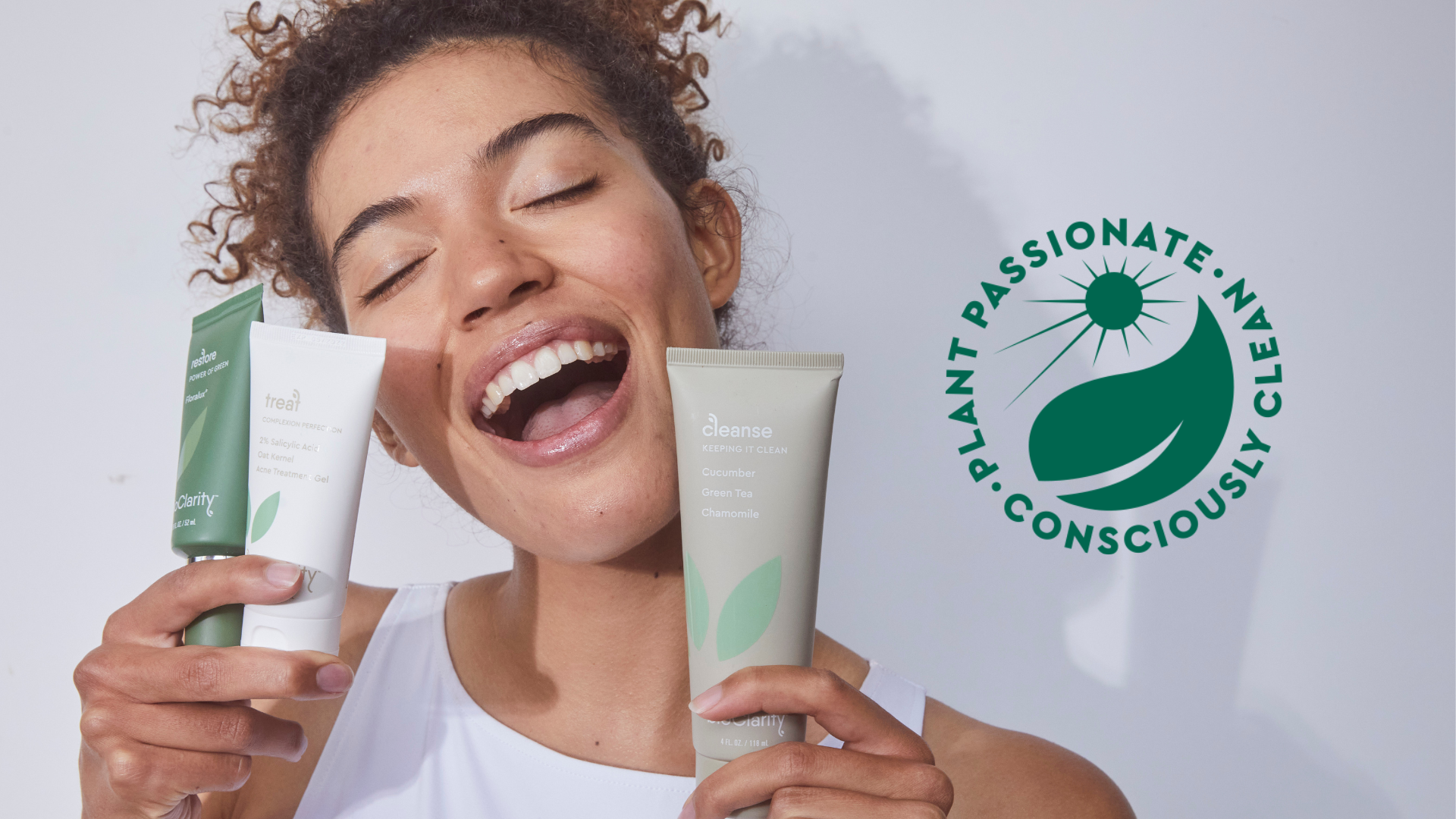
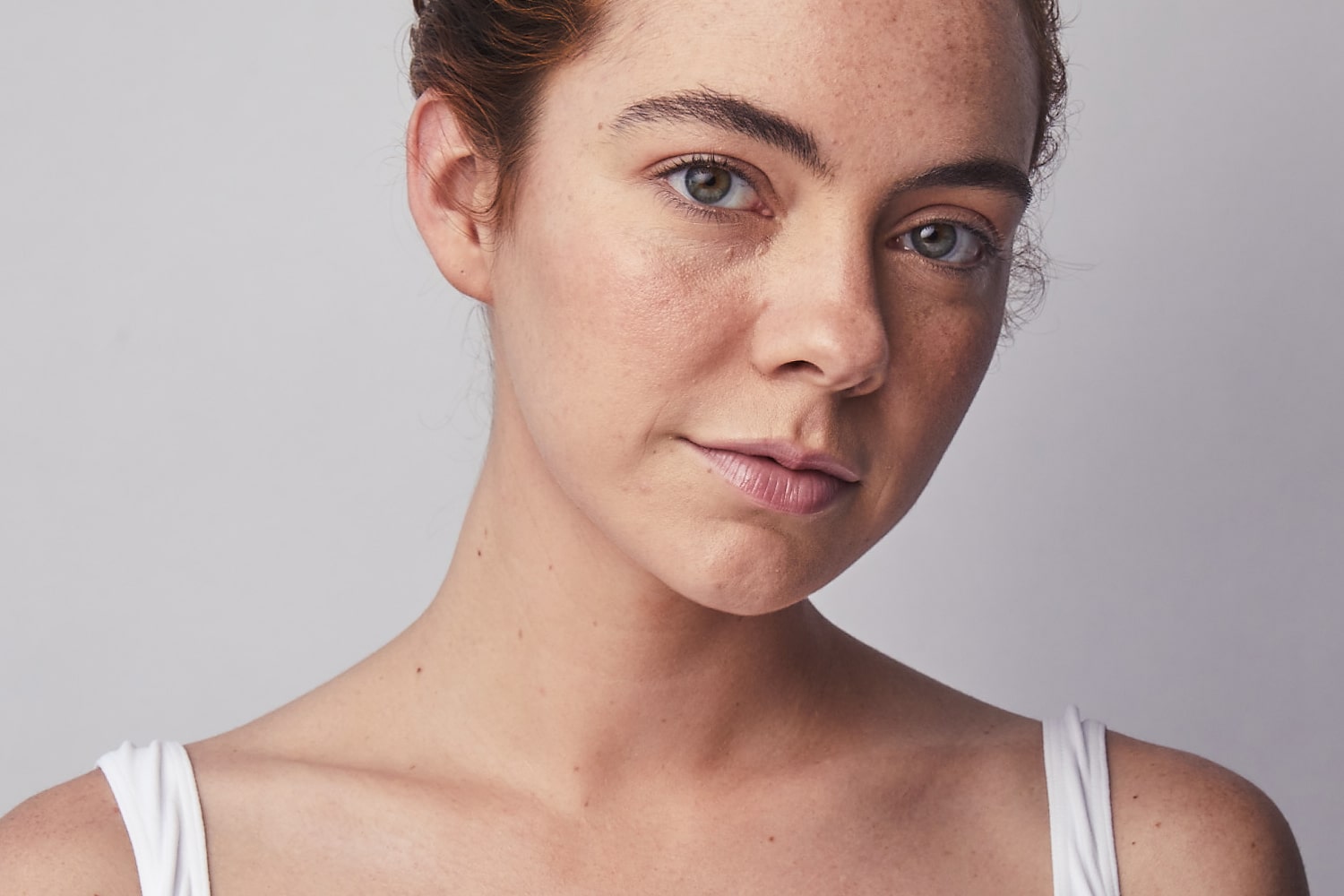
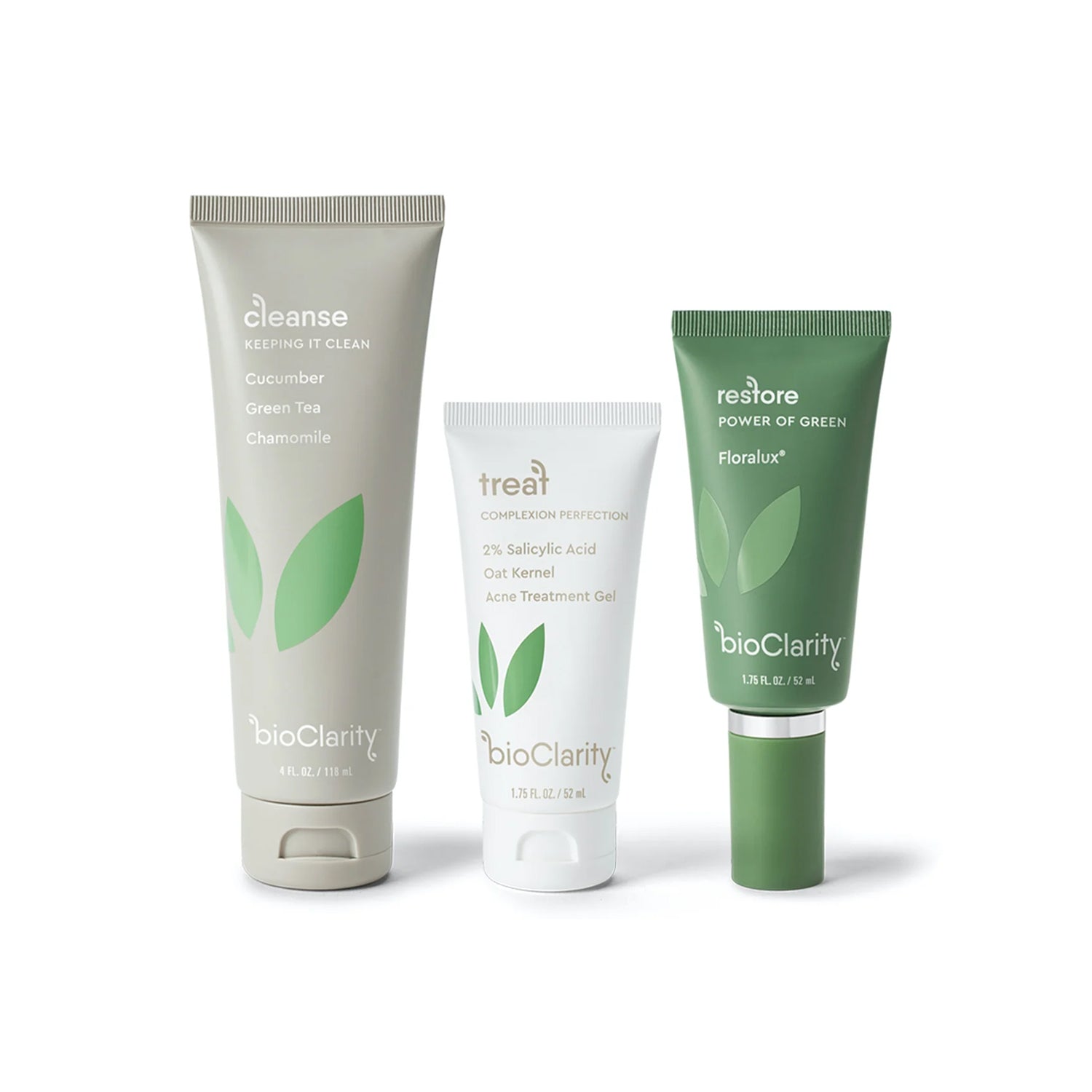
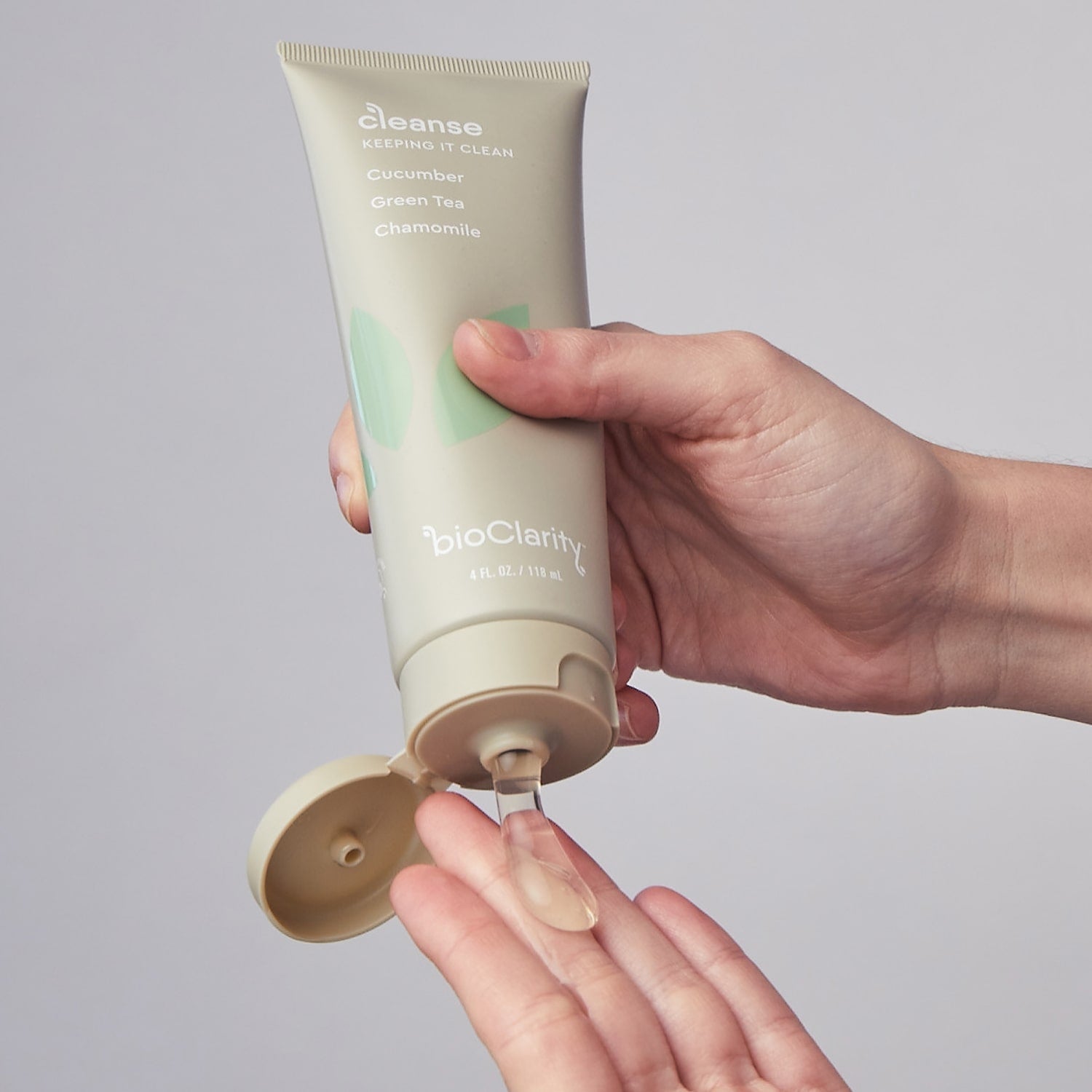
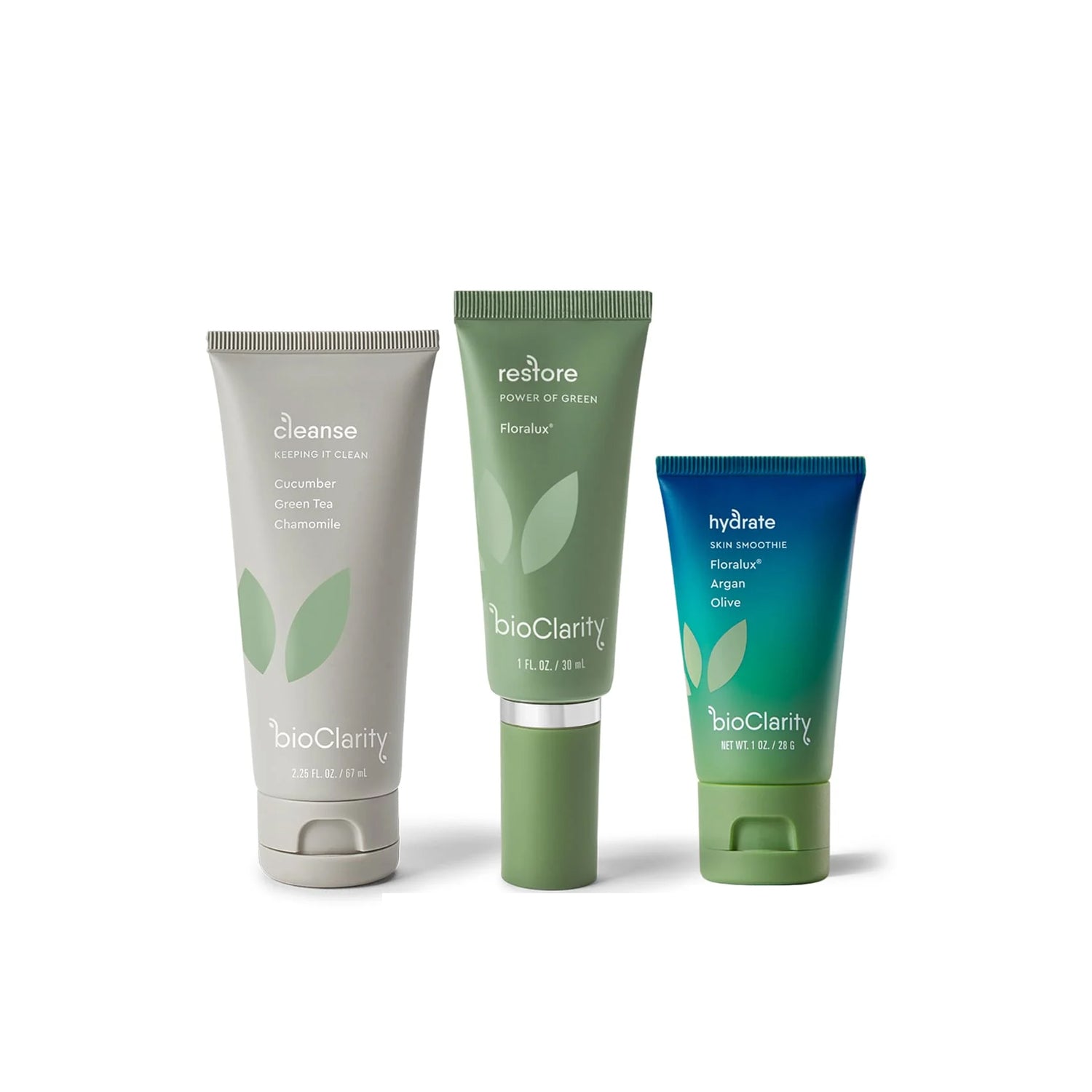
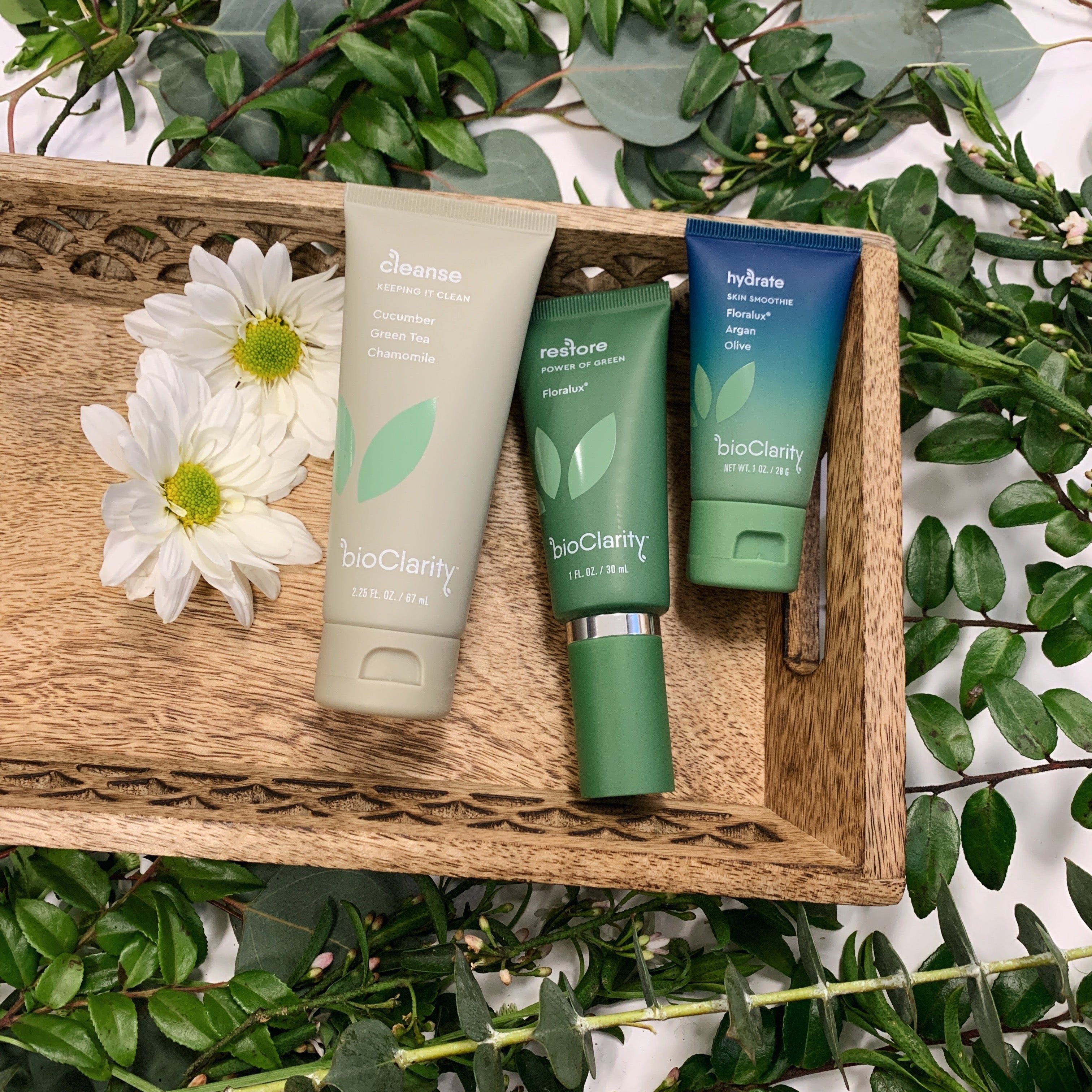
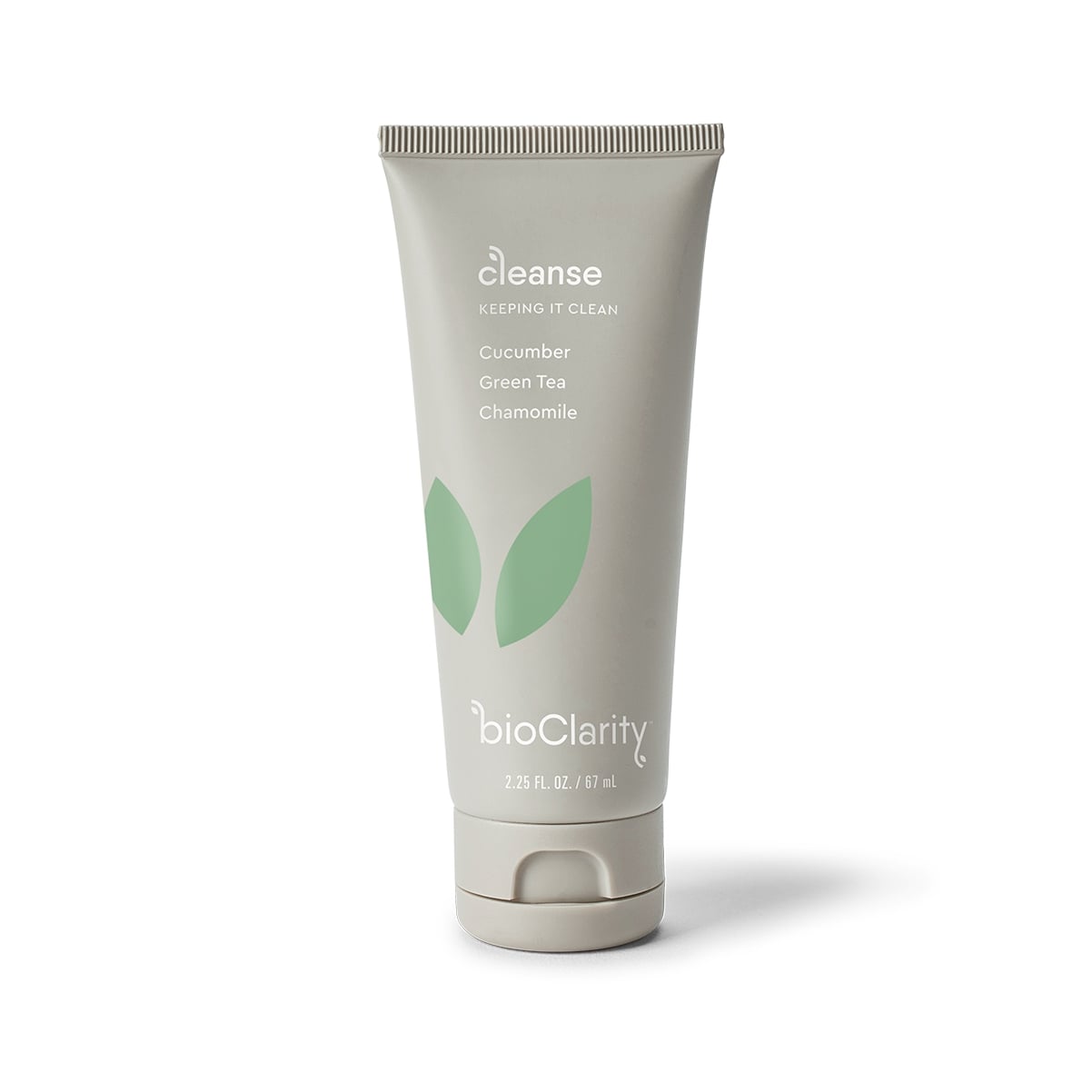
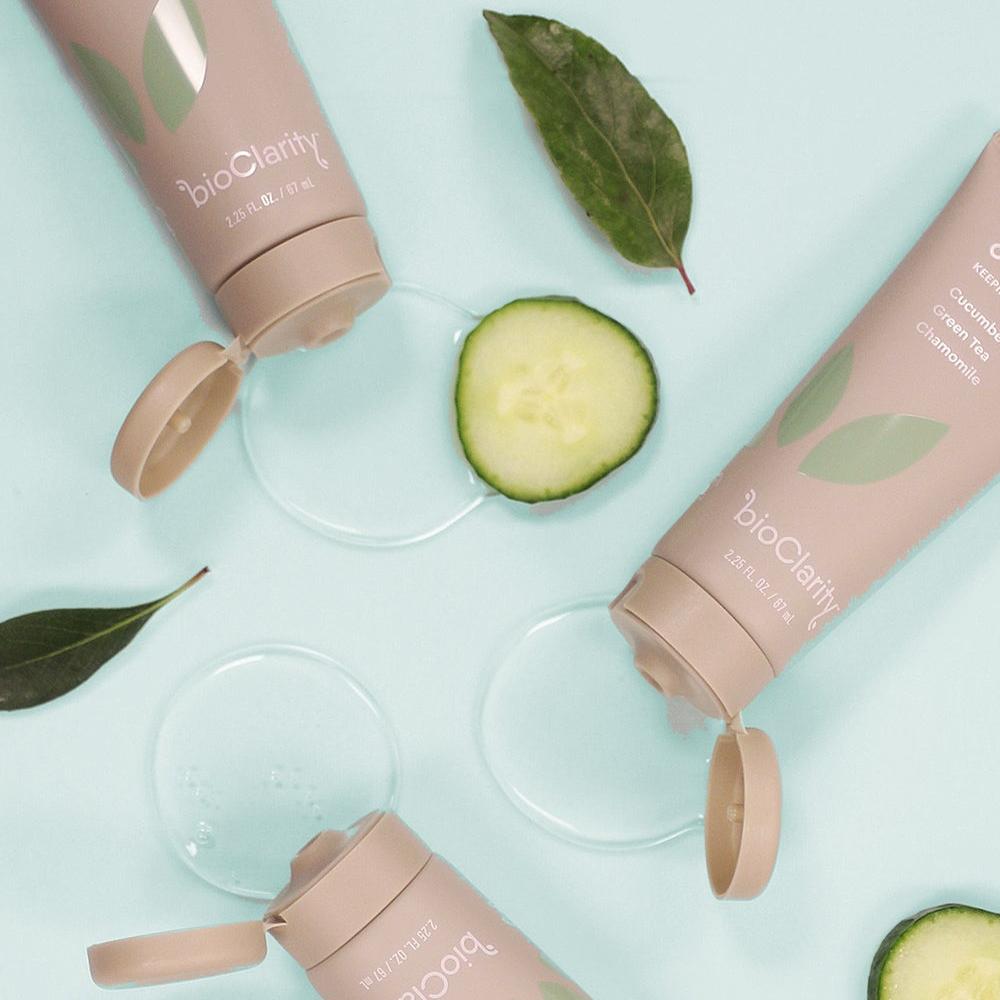
Comments